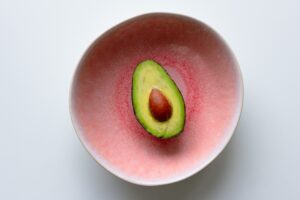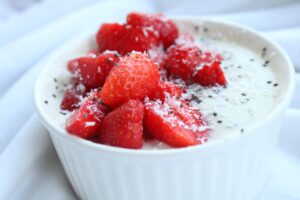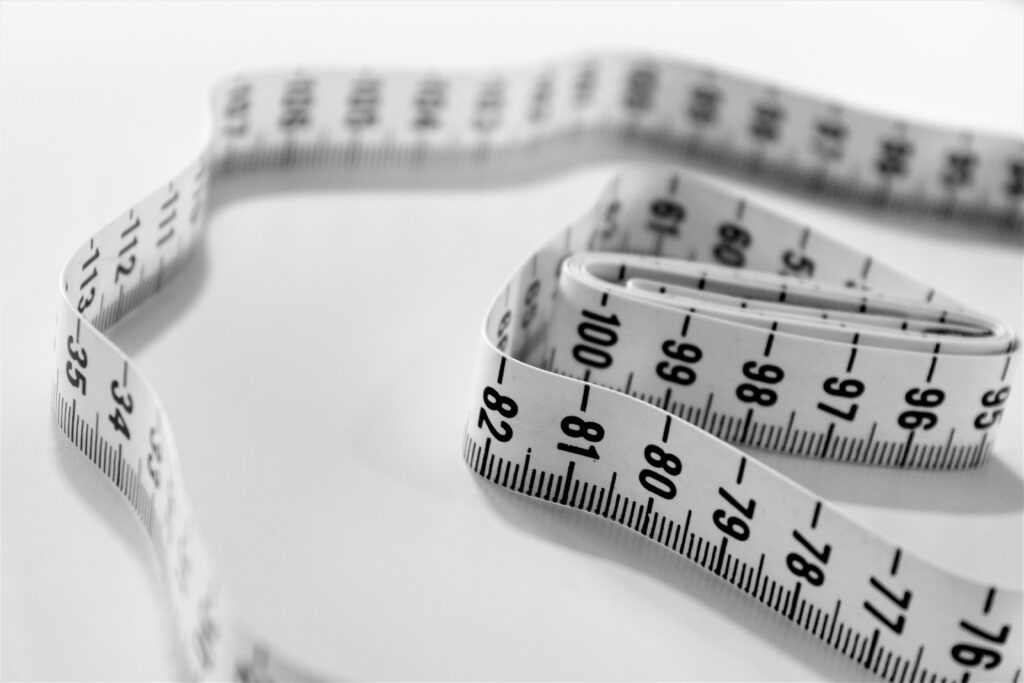Calories Counting: Looking beyond numbers
In the realm of dieting and weight management, calorie counting has long been used as a go to strategy. The concept seems straightforward: consume fewer calories than you burn, and you’ll shed those unwanted pounds. However, as many of us have come to realize that the reality is far more complex. Is calorie counting truly an effective method for achieving sustainable weight loss, or is it merely a numbers game that overlooks the crucial role of nutrients? In this blog, we delve into the debate surrounding calorie counting, exploring its limitations and advocating for a more holistic approach to nutrition.

The Pitfalls of Calorie Counting:
One of the primary pitfalls of calorie counting is its disregard for nutrient density. Not all calories are created equal; a 100-calorie serving of broccoli provides vastly different nutritional benefits than a 100-calorie serving of soda. Focusing solely on calorie intake can lead to a diet devoid of essential vitamins, minerals, and phytonutrients, ultimately compromising overall health.
Moreover, calorie counting can foster an unhealthy relationship with food, promoting a mindset of restriction and deprivation. Individuals may become fixated on arbitrary calorie targets, ignoring hunger cues and denying themselves the nourishment their bodies truly need. This restrictive approach often leads to feelings of guilt and failure when calorie goals are inevitably exceeded, perpetuating a cycle of yo-yo dieting and disordered eating behaviors.
The Role of Nutrient Rich Foods:
In contrast to calorie counting, which emphasizes quantity over quality, prioritizing nutrient-rich foods offers a more sustainable path to health and wellness. Nutrient density refers to the concentration of vitamins, minerals, and other essential nutrients in a given food relative to its calorie content. Foods that are high in nutrient density provide a wealth of health benefits without excess calories, making them ideal choices for promoting overall well-being.

Fruits and vegetables are prime examples of nutrient-rich foods that should form the foundation of a healthy diet. These plant-based foods are packed with vitamins, minerals, antioxidants, and fiber, all of which play key roles in supporting immune function, preventing chronic disease, and promoting digestive health. Incorporating a variety of colorful fruits and vegetables into meals and snacks can help ensure a diverse array of nutrients and maximize health benefits.
Whole grains, lean proteins, and healthy fats are also essential components of a nutrient-rich diet. Whole grains such as quinoa, brown rice, and oats provide complex carbohydrates for sustained energy, along with fiber to support digestive health. Lean proteins, including poultry, fish, tofu, and legumes, are rich in essential amino acids necessary for muscle repair and growth. Healthy fats found in avocados, nuts, seeds, and olive oil are vital for brain function, hormone production, and the absorption of fat-soluble vitamins.
Beware of Empty Calories
In contrast to nutrient-rich foods, empty calories offer little to no nutritional value and can contribute to weight gain and poor health outcomes. Common sources of empty calories include sugary beverages, refined carbohydrates, processed snacks, and fried foods. These calorie-dense but nutrient-poor foods provide quick energy spikes followed by crashes, leading to fluctuations in blood sugar levels and increased cravings.

Furthermore, consuming a diet high in empty calories can displace nutrient-rich foods, leaving individuals deficient in essential vitamins and minerals. This nutritional imbalance can contribute to a host of health issues, including obesity, cardiovascular disease, diabetes, and weakened immune function. By prioritizing nutrient-dense choices over empty calories, individuals can optimize their health and well-being while maintaining a healthy weight.
For more guidance on successful weight loss, email Jalpa to set up a consultation!
Jalpa is a registered dietitian and nutritionist with a Master’s degree in Health & Nutrition from Brooklyn College, CUNY in New York. She also holds a Certificate of Training in Adult Weight Management through the Academy of Nutrition & Dietetics, CDR.
Similar Articles You May Be Interested \\In:









 The Power of Exercise Routine
The Power of Exercise Routine